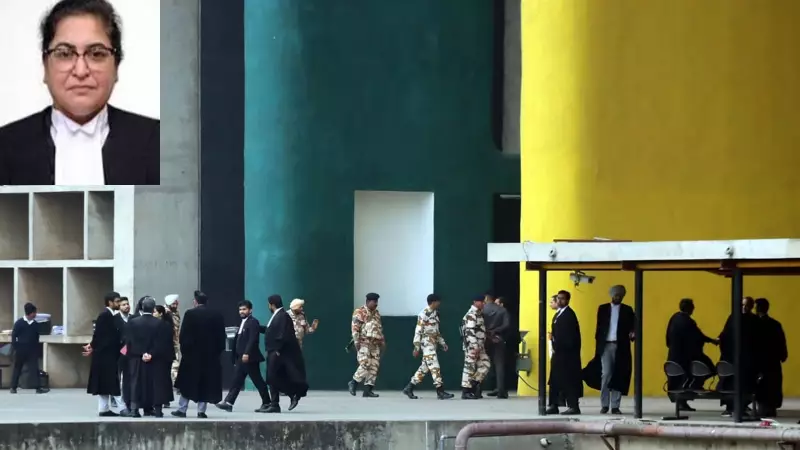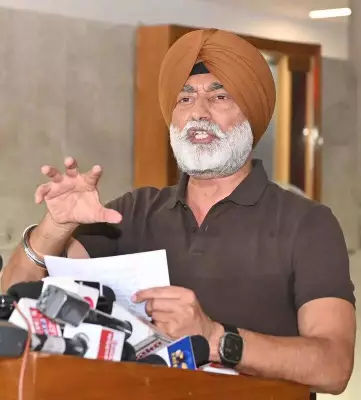
In a verdict that brings closure to a legal battle spanning four decades, the Punjab and Haryana High Court has delivered a landmark judgment favoring a family in Yamunanagar based on the principle of adverse possession.
The Four-Decade Legal Odyssey
The property dispute, which began in the early 1980s, centered around a piece of land that the petitioner-family had been occupying continuously for over 40 years. Despite not having formal ownership documents, their uninterrupted possession became the cornerstone of their legal claim.
Understanding Adverse Possession
The legal doctrine of adverse possession allows a person to claim ownership of a property they have occupied for an extended period, even without formal title, provided certain conditions are met. The court found that the family had satisfied all necessary legal requirements:
- Continuous possession for over four decades
- Open and notorious occupation of the property
- Hostile possession against the true owner's interests
- Exclusive control over the land
Court's Rationale and Legal Precedents
The bench emphasized that the lengthy duration of possession—spanning generations—created a compelling case for granting ownership rights. The judgment cited numerous legal precedents where similar long-term occupation led to successful adverse possession claims.
"The continuous, uninterrupted possession for 40 years establishes a clear case for adverse possession," the court observed, highlighting how the family had treated the property as their own for two generations.
Broader Implications for Property Law
This ruling reinforces the significance of the adverse possession doctrine in Indian property law, particularly in cases involving long-standing family occupations. The judgment serves as an important reminder that:
- Long-term continuous possession can override paper titles
- Property rights can evolve through sustained occupation
- Legal systems recognize established ground realities over time
The resolution of this 40-year dispute not only brings justice to the family involved but also sets an important precedent for similar property cases across northern India, particularly in regions experiencing rapid urbanization and competing land claims.





